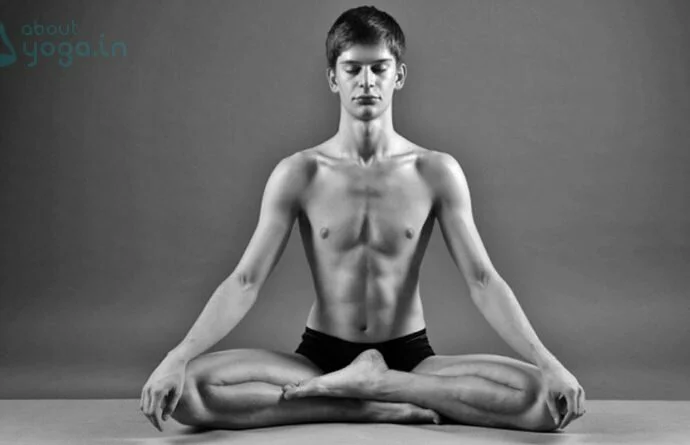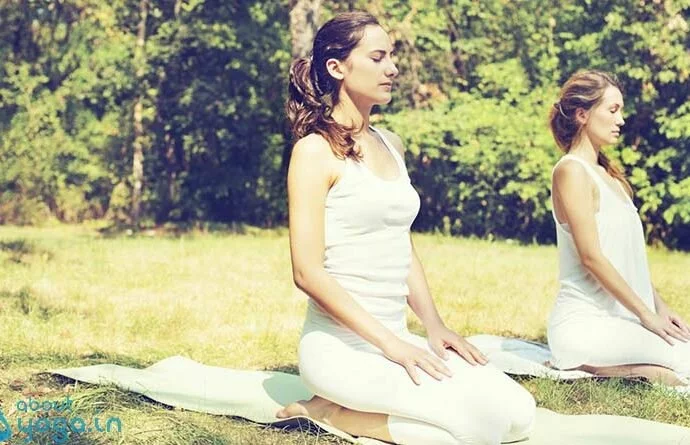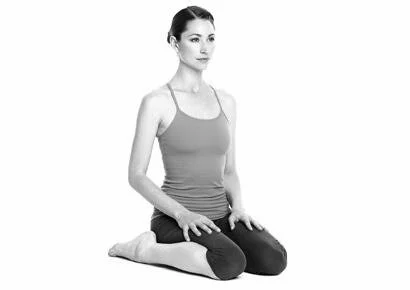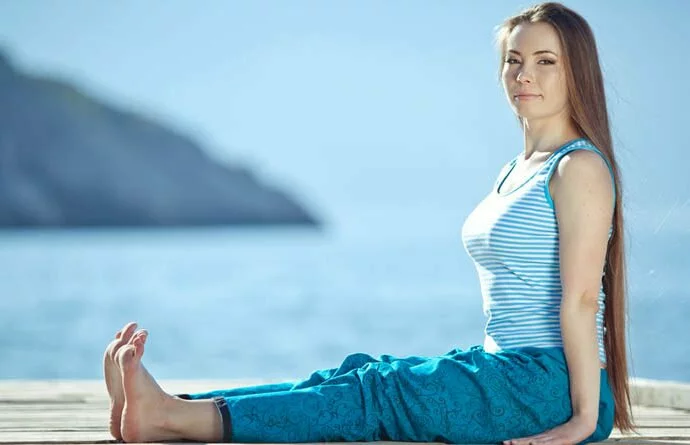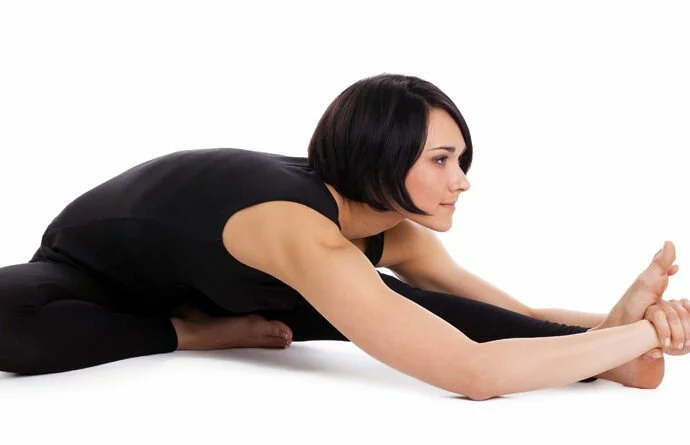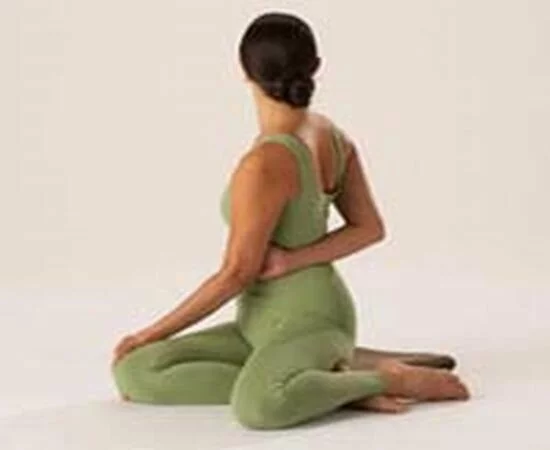Sukhasana (सुखासन)
Sukhasana (soo-kah-sah-nah; Sanskrit: सुखासन; IAST: Sukhāsana), Easy Pose, Decent Pose or Pleasant Pose is an asana practised in yoga, similar to sitting in a simple cross-legged position. While opening the hips and lengthening the spine, the asana’s relative ease on the knees makes it easier than siddhasana or padmasana forContinue Reading



